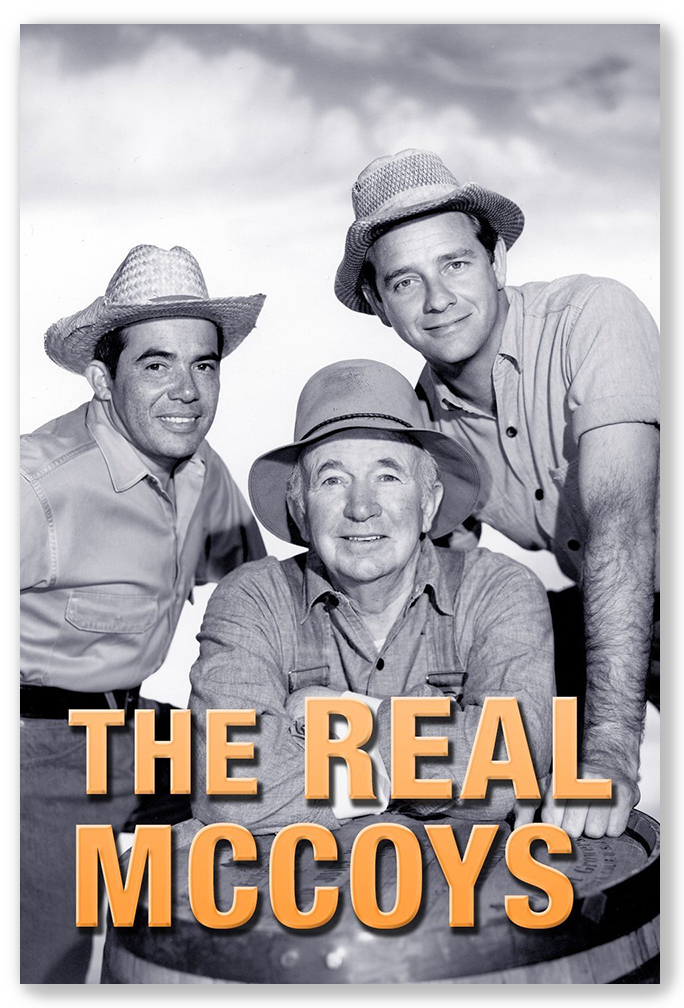We post news and comment on federal criminal justice issues, focused primarily on trial and post-conviction matters, legislative initiatives, and sentencing issues.

THAT WAS THEN, THIS IS NOW
Remember when the 7th Circuit ruled that old Guideline 1B1.13 – that rather rigidly defined what constituted an “extraordinary and compelling” reason for sentence reduction under 18 USC § 3582(c)(1)(A) – did not apply to inmate-filed compassionate release motions?
The Circuit ruled in the 2020 United States v. Gunn decision that while 1B1.13 did not apply, the result was not a “sort of Wild West in court, with every district judge having an idiosyncratic release policy.” This was because “the substantive aspects of the Sentencing Commission’s analysis in 1B1.13 and its Application Notes provide a working definition of ‘extraordinary and compelling reasons’… the Commission’s analysis can guide discretion without being conclusive.”
 Well, apparently, it guides until it doesn’t guide. And “doesn’t” happened last week, when the 7th ruled that a prisoner’s “unconstitutionally-imposed mandatory life sentence” from a 2001 case cannot be a part of the “extraordinary and compelling” reasons for a compassionate release despite the fact that a week before the opinion was issued, the Commission formally proposed amending 1B1.13 to include harsh sentences that no longer could be imposed due to a change in the law.
Well, apparently, it guides until it doesn’t guide. And “doesn’t” happened last week, when the 7th ruled that a prisoner’s “unconstitutionally-imposed mandatory life sentence” from a 2001 case cannot be a part of the “extraordinary and compelling” reasons for a compassionate release despite the fact that a week before the opinion was issued, the Commission formally proposed amending 1B1.13 to include harsh sentences that no longer could be imposed due to a change in the law.
Suddenly, the Commission’s analysis provides no meaningful guidance to the Circuit at all:
The USSC is in the process of studying the issue, and recently it has proposed defining ‘extraordinary and compelling reasons’ to include circumstances in which ‘[t]he defendant is serving a sentence that is inequitable in light of changes in the law.’ But this effort is still at an early stage—so early that we see no value in speculating on what such a change would mean. Until the Commission definitively says otherwise, we will not deviate from our current understanding. We therefore affirm the judgment of the district court.
The opinion cited the draft USSC proposal from January and not the Commission’s April 5th action released eight days before the Circuit’s opinion was handed down. A reasonable observer could conclude that “the Commission [has] definitively [said] otherwise” at this point:
[T]he proposed amendment would add a new category (“Unusually Long Sentences”) providing that if a defendant received an unusually long sentence and has served at least 10 years of the term of imprisonment, a change in the law (other than an amendment to the Guidelines Manual that has not been made retroactive) may be considered in determining whether the defendant presents an extraordinary and compelling reason, but only where such change would produce a gross disparity between the sentence being served and the sentence likely to be imposed at the time the motion is filed, and after full consideration of the defendant’s individualized circumstances.
One can only hope that the prisoner’s attorney seeks rehearing of a decision that reflects much more sloppiness than one should expect from an appellate court.
United States v. Williams, Case No. 22-1212, 2023 U.S. App. LEXIS 8826 (7th Cir., April 13, 2023)
United States v. Gunn, 980 F.3d 1178 (7th Cir. 2020)
U.S. Sentencing Commission, Amendments to the Sentencing Guidelines (Preliminary) (April 5, 2023)
– Thomas L. Root




